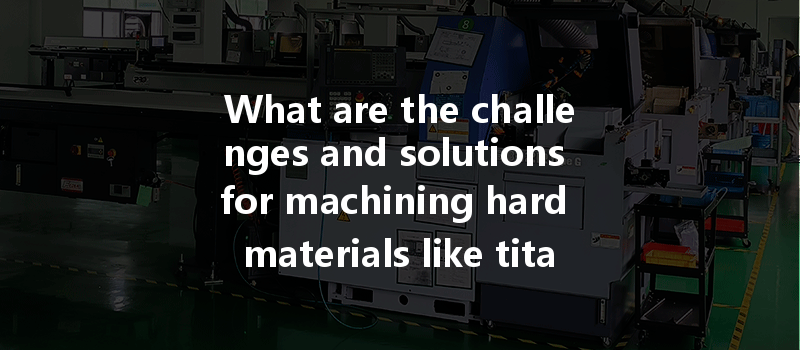Opening:
Did you know that titanium, celebrated for its strength and lightweight properties, is often referred to as “the metal of the future”? It’s no surprise that it’s anodized in various industries, especially aerospace and medical applications. However, despite these remarkable qualities, CNC machining titanium presents unique challenges that can confound even the most seasoned machinists. In this blog, we will thoroughly explore the challenges of machining hard materials like titanium and steel in CNC applications, along with practical solutions to conquer these hurdles.
—
Understanding the Challenges of Machining Hard Materials
CNC machining hard materials such as titanium and steel often poses significant challenges that stem from their mechanical properties. Here’s a breakdown of some of the key challenges faced:
Problem: Hard materials are tough on cutting tools, resulting in rapid wear and potential breakage. This is especially prevalent with materials like titanium, which have a high strength-to-weight ratio.
Solution:
Problem: The machining process generates excessive heat, particularly when cutting steel and titanium, leading to thermal expansion and reduced machining accuracy.
Solution:
Problem: Hard materials produce hard, long chips that can clog up the machine’s workspace, potentially damaging machinery and parts.
Solution:
—
Extensive Solutions to Common Problems in CNC Machining of Titanium and Steel
Advanced CNC Machines
Utilizing high-performance CNC machines designed for hard material machining is critical. Machines equipped with robust spindle motors and high rigidity can manage the forces encountered when cutting hard metals. Look for machines with:

Improving Tool Geometry
The geometry of the tool used in the CNC process significantly affects the machining results. Here’s how to optimize for hard materials:
Cutting Fluids
The selection of the appropriate cutting fluid plays a crucial role in machining hard materials. Key considerations include:
In-Depth Analysis of Machining Strategies
When it comes to tackling the complexities involved in machining hard materials like titanium and steel, it’s important to adopt a multipronged strategy that encompasses:
Material Treatments: Pre-treating materials such as annealing can improve machinability. For titanium, processes like stress relief annealing can reduce residual stresses, allowing for easier machining.
Implementation of IoT Solutions: Integrating real-time monitoring solutions to assess tool wear and heat generation can provide data-driven insights to optimize the machining process further.
Utilize Advanced Software: Implementing CNC simulation software can help in planning machining strategies and predicting outcomes, enabling machinists to visualize and anticipate potential challenges before they occur. This significantly cuts down on material waste and production time.
—
In summary, the challenges faced while machining hard materials such as titanium and steel are numerous but not insurmountable. From addressing tool wear and heat generation to ensuring effective chip removal, the advancements in technology and methodology can substantially revolutionize the CNC machining process for these robust materials.
As industries strive for higher precision and efficiency, embracing these techniques and technologies will not only enhance machining effectiveness but also significantly contribute to overall production quality and cost management strategies.
Understanding the intricacies of CNC machining hard materials is crucial for engineers, machinists, and business owners alike, as it can lead to enhanced product quality, reduced operational costs, and successfully meeting component requirements in high-stakes applications. As you consider these strategies, remember that they can redefine how your organization approaches the challenges associated with machining tough metals, setting the stage for innovation and improvement within your processes.
—






